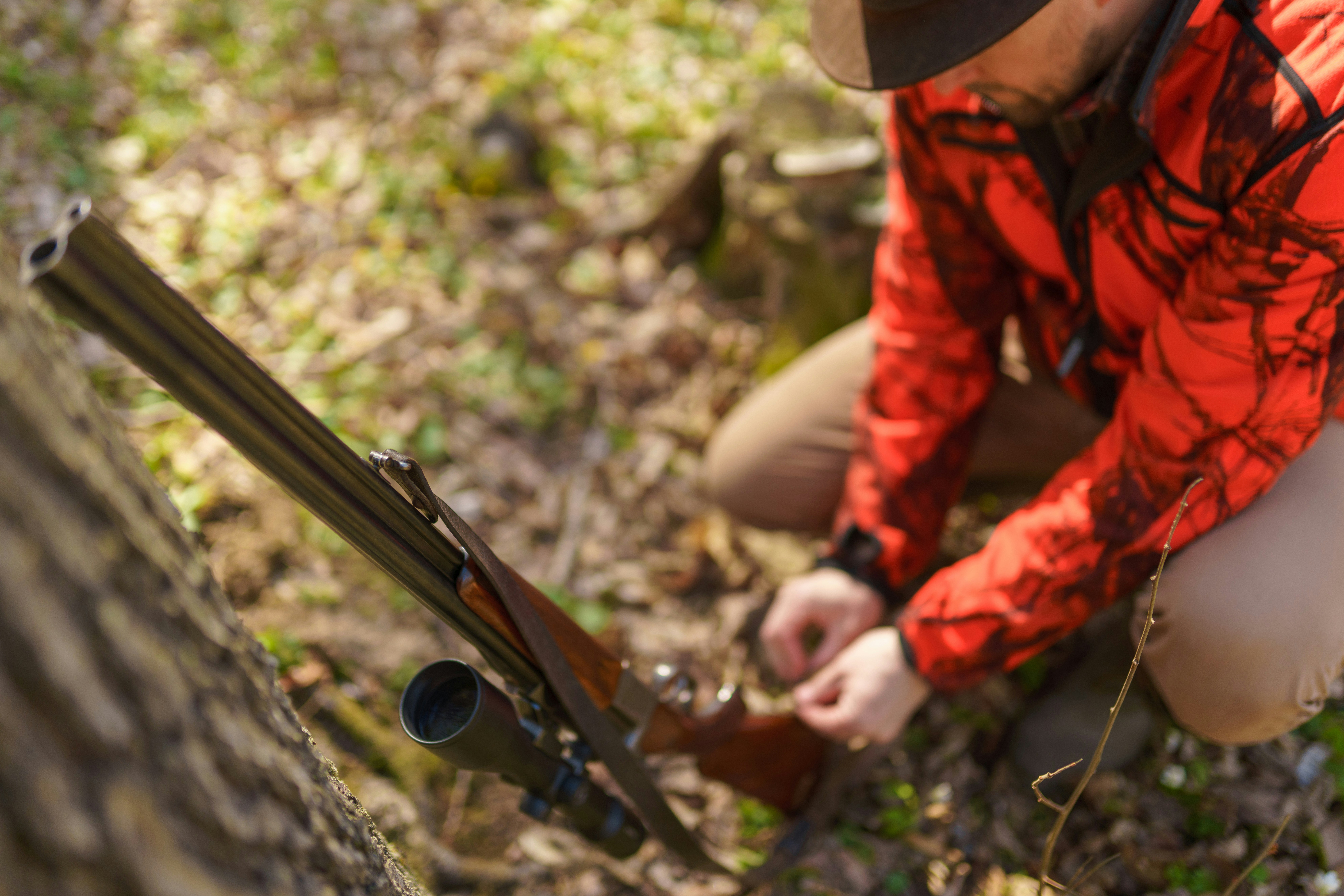
Deer hunting is a time-honored tradition and a favorite pastime for many outdoor enthusiasts. The thrill of tracking the game, the patience required to wait for the perfect shot, and the satisfaction of a successful hunt make it an unparalleled experience. However, consistent success requires skill, strategy, and adaptability. This article explores essential deer hunting to help you bag bigger games and elevate your hunting techniques.
Scouting: The Foundation of a Successful Hunt
Scouting is a critical step in hunting preparation. Familiarizing yourself with the terrain, understanding deer behavior, and identifying their travel patterns increase your chances of success. Start by identifying food sources, bedding areas, and watering holes. Deer typically travel between these locations, creating predictable routes.
Trail cameras can be invaluable for gathering data on deer activity. Place cameras near feeding areas, trails, and scrapes to monitor movement patterns. This information will help you determine the best locations to set up your stand or blind.
Choosing the Right Hunting Spot
Selecting an ideal hunting spot is a strategic decision influenced by your scouting efforts. Tree stands and ground blinds are popular choices, each with its advantages. Tree stands provide an elevated vantage point, keeping you above the deer’s line of sight and reducing the chances of being detected. Ground blinds, on the other hand, offer portability and concealment, making them a good option for areas with limited trees.
Position your stand or blind downwind of the deer’s travel path to avoid detection. Deers have an acute sense of smell; even a faint human scent can alert them to your presence. Use scent-eliminating sprays, and consider planting cover scents to mask your odor.
Mastering the Art of Calling
Deer calls can mimic various sounds that attract deer or trigger specific behaviors. When used appropriately, grunt calls, doe bleats, and rattling antlers are practical tools. Grunt calls can imitate the sound of a buck challenging a rival, while doe bleats mimic the sound of a doe in estrus, attracting bucks during the rut.
Timing and technique are crucial when using calls. Overusing them can spook deer and drive them away. Practice moderation and pay attention to the deer’s behavior to gauge the effectiveness of your calls.
Stealth and Patience: The Hunter’s Virtues
Deer are vigilant animals with keen senses of smell, sight, and hearing. Maintaining stealth and patience is essential for a successful hunt. Move slowly and deliberately, avoiding sudden movements that might draw attention. Wear camouflage that matches the surrounding environment and ensure your gear is silent to prevent unwanted noise.
Patience is equally important. A successful hunt often requires hours of waiting in a single spot. Resist the urge to reposition frequently, which can disrupt the area and alert deer to your presence. Trust your scouting and preparation, and let the deer come to you.
Understanding Wind and Weather Conditions
Wind direction and weather play significant roles in hunting success. Always hunt with the wind in your favor, as deer rely heavily on their sense of smell to detect predators. Position yourself so the wind carries your scent away from the deer’s path.
Weather conditions can also affect deer behavior. Cooler temperatures during the early morning and late evening hours often increase deer activity. Rain and overcast skies can make deer feel safer, encouraging them to move more freely during daylight hours. Keep an eye on weather forecasts to plan your hunts strategically.
Shot Placement: The Key to Ethical Hunting Techniques
Every hunter has a fundamental responsibility to take an ethical shot. Proper shot placement ensures a quick and humane harvest, reducing the animal’s suffering. Aim for the vital organs, such as the heart and lungs, located behind the front shoulder. This placement increases the likelihood of a clean kill.
Practice shooting regularly to improve your accuracy and confidence. Familiarize yourself with your weapon, whether a rifle, bow, or muzzleloader. Consider shooting from various positions and distances to simulate real hunting scenarios.
Leveraging Technology for Better Results
Modern technology has revolutionized hunting techniques, offering tools to enhance your skills and increase your chances of success. GPS devices and hunting apps help you navigate unfamiliar terrain and mark key locations. Rangefinders provide precise distance measurements, enabling accurate shot placement.
Thermal imaging and night vision devices are invaluable for tracking games during low-light conditions. While these tools can be expensive, they offer a significant advantage, especially in areas with dense cover or limited visibility.
Continuous Learning and Adaptation
The best hunters are lifelong learners who adapt to changing conditions and refine their techniques. Study deer biology and behavior, attend hunting workshops and seek advice from experienced hunters. Each hunting trip offers valuable lessons that can improve your future success.
Additionally, consider participating in conservation efforts to ensure the sustainability of deer populations. Ethical hunting practices and habitat management contribute to preserving this cherished tradition for future generations.
Final Thoughts
Deer hunting is more than a sport; it tests skill, patience, and respect for nature. You can increase your chances of success while enjoying the great outdoors by honing your scouting abilities, perfecting your techniques, and embracing the latest technologies. Remember, ethical hunting practices and continuous learning are the hallmarks of a true hunter. With the right strategies and a commitment to improvement, you can consistently bring home bigger games and create unforgettable hunting memories.